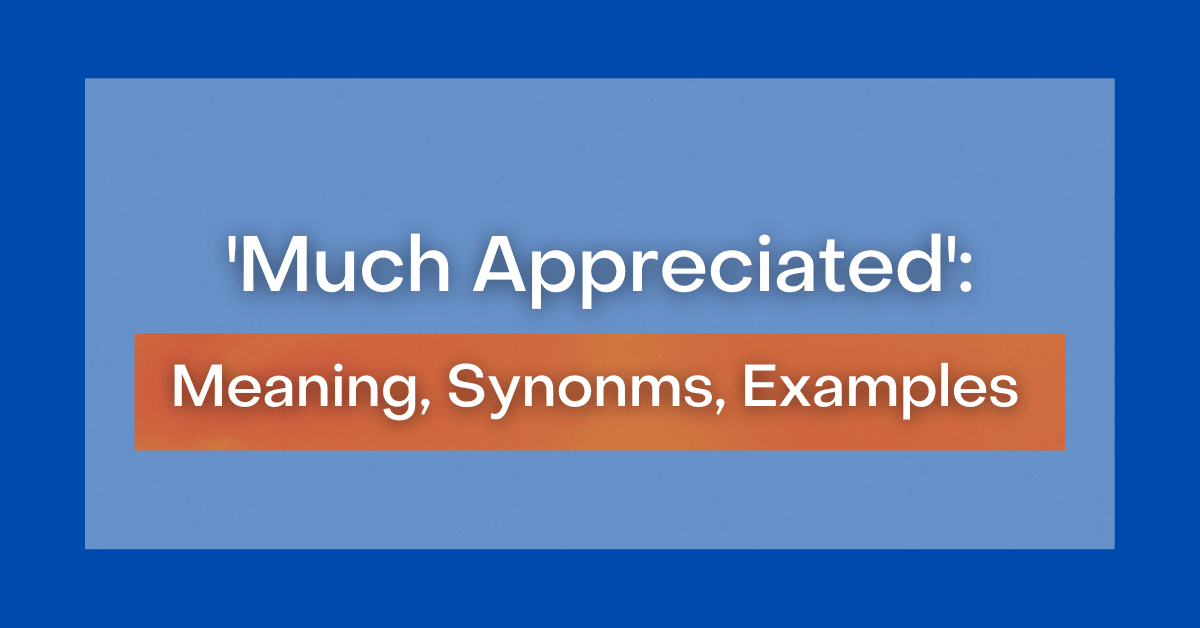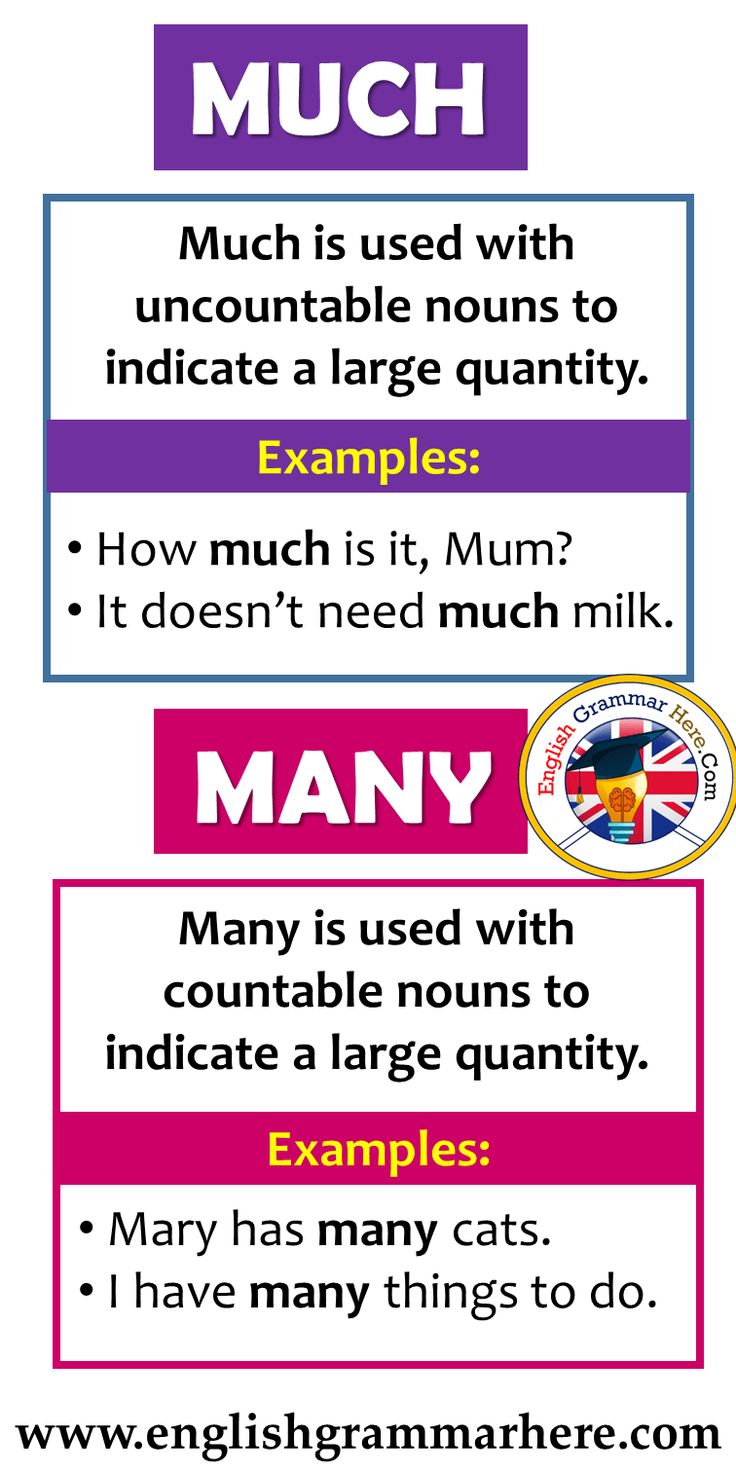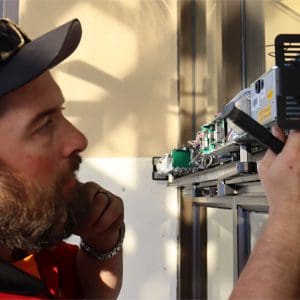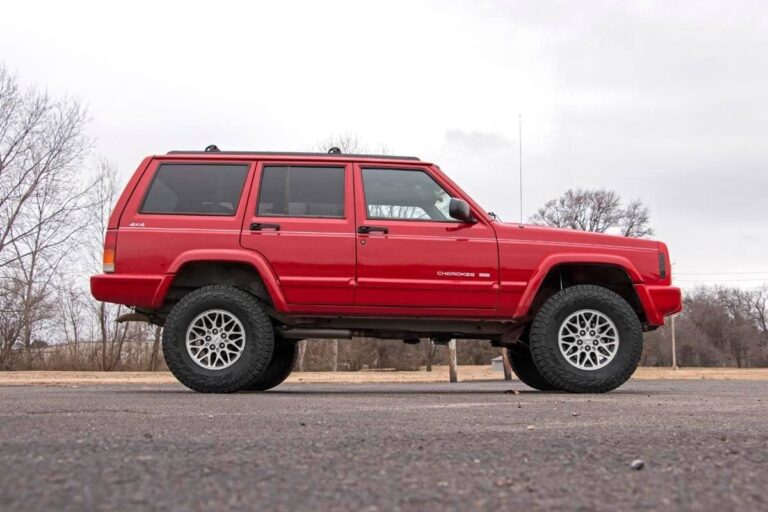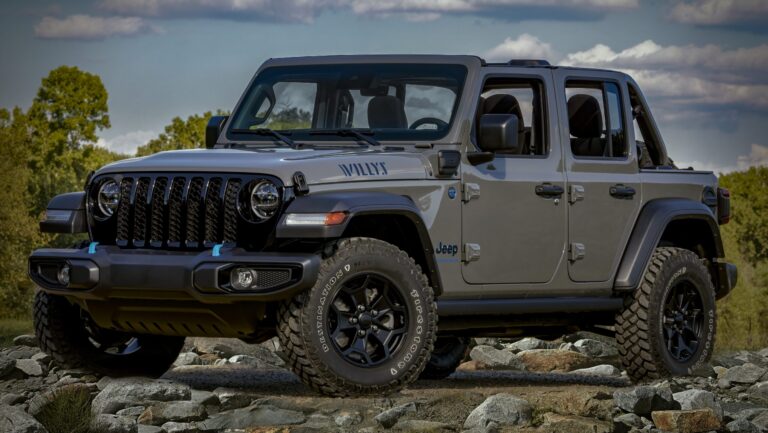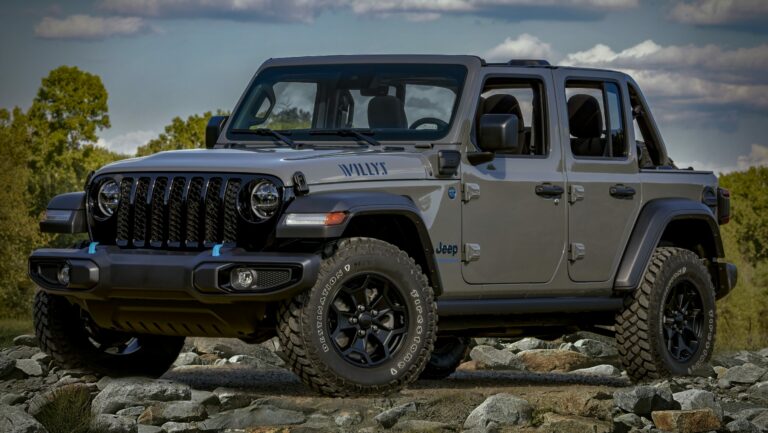How Much Does It Cost To Paint Jeep Wrangler? A Comprehensive Guide
How Much Does It Cost To Paint Jeep Wrangler? A Comprehensive Guide jeeps.truckstrend.com
The Jeep Wrangler is more than just a vehicle; it’s a symbol of adventure, freedom, and rugged capability. Its iconic design, however, is often subjected to the elements – sun, rain, mud, and trail debris – which can take a toll on its factory paint job over time. Fading, scratches, chips, and even rust can diminish its appearance and compromise its protection. Whether you’re looking to restore your Wrangler’s original glory, give it a custom new look, or simply protect your investment, understanding the cost involved in painting a Jeep Wrangler is crucial. This comprehensive guide will break down the various factors that influence the price, explore different paint job options, and provide actionable insights to help you make an informed decision.
Factors Influencing the Cost of Painting a Jeep Wrangler
How Much Does It Cost To Paint Jeep Wrangler? A Comprehensive Guide
Painting a vehicle, especially one with the unique contours and removable panels of a Jeep Wrangler, is a complex process. The final price tag can vary significantly based on several key factors:
1. Paint Quality and Type
The type and quality of paint used are primary cost drivers.
- Standard Enamel/Urethane: These are common and provide a durable finish. Urethane is generally preferred for its flexibility, chip resistance, and longevity.
- Metallic or Pearl Finishes: These add a subtle shimmer or multi-dimensional effect, often requiring more specialized application techniques and higher-quality pigments, thus increasing the cost.
- Custom Colors and Multi-Stage Paints: Unique, custom-mixed colors or multi-stage processes (e.g., a base coat, mid-coat for special effects, and a clear coat) are more expensive due to material cost and labor intensity.
- Specialty Paints: Matte, satin, textured (like bed liner paints such as Raptor Liner), or color-changing paints come with a premium price tag due to their unique formulations and application methods.
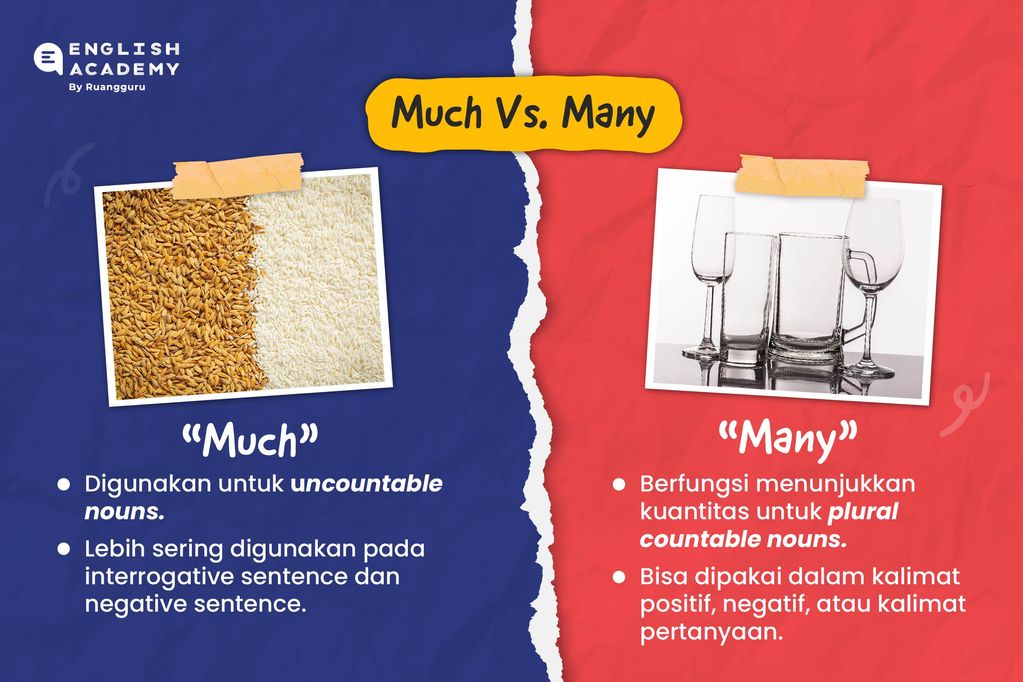
2. Preparation Work and Body Condition
This is arguably the most critical and time-consuming part of any paint job, directly impacting the cost.
- Surface Imperfections: Dents, dings, scratches, and rust spots all require extensive repair before painting. The more bodywork needed, the higher the cost. Rust removal, in particular, can be labor-intensive and may require welding new metal.
- Sanding and Stripping: Old paint may need to be sanded down, or in some cases, completely stripped to bare metal, especially if there’s extensive damage or a complete color change.
- Disassembly/Reassembly: For a thorough, professional job, parts like doors, fenders, grilles, lights, mirrors, and trim pieces are often removed. This ensures paint coverage in all seams and edges, preventing overspray on non-painted parts, but adds significantly to labor time.
- Masking: Meticulous masking of windows, tires, and other non-painted areas is essential for a clean finish.

3. Shop Reputation and Labor Rates

Just like any skilled service, the expertise and reputation of the body shop play a significant role in pricing.
- High-End Body Shops: These typically employ highly skilled technicians, use state-of-the-art equipment, and offer extensive warranties. Their labor rates will be higher.
- Mid-Range Shops: Offer a good balance of quality and cost, suitable for most standard paint jobs.
- Budget Paint Shops (e.g., Maaco): While offering attractive low prices, these often involve less prep work, basic paint materials, and a quicker turnaround, which might result in a less durable or perfect finish.
- Geographic Location: Labor rates and operational costs vary by region. Shops in major metropolitan areas generally charge more than those in rural areas.
4. Color Change vs. Repainting Original Color
Changing the color of your Jeep Wrangler is more expensive than simply repainting it in its original hue. A color change requires painting the door jambs, under the hood, and potentially the inside of the tailgate, which demands more extensive disassembly, masking, and additional coats for proper coverage.
5. Number of Coats and Clear Coat Quality
A good paint job involves multiple layers: primer, base coat (color), and clear coat.
- Primer: Prepares the surface and ensures proper adhesion.
- Base Coat: Provides the color. More coats might be needed for full coverage, especially with light colors over dark or vice-versa.
- Clear Coat: Protects the color coat from UV rays, scratches, and environmental damage. Higher-quality clear coats and multiple layers offer better protection and a deeper shine, but add to the cost.
Types of Paint Jobs and Their Associated Costs
To give you a clearer picture, let’s categorize typical paint jobs for a Jeep Wrangler and their general cost ranges. These prices are estimates and can fluctuate based on the factors mentioned above.
| Paint Job Type | Estimated Cost Range (USD) | Included Prep Work | Paint Type & Quality | Expected Finish | Warranty | Timeframe (Approx.) | Ideal For |
|---|---|---|---|---|---|---|---|
| Economy/Budget | $500 – $1,500 | Minimal sanding, minor dent fill (basic) | Basic single-stage enamel or low-grade urethane | Fair, basic color change/refresh | Limited | 3-5 days | Quick refresh, resale, minor cosmetic improvement. Expect visible imperfections. |
| Standard/Mid-Range | $1,500 – $3,500 | Moderate sanding, minor dent/scratch repair, primer | Good quality urethane, base coat/clear coat | Good, even color, decent gloss | 1-3 years | 1-2 weeks | Restoring faded paint, addressing minor body imperfections, good daily driver look. |
| Premium/High-End | $3,500 – $7,000+ | Extensive bodywork (dent removal, rust repair, panel alignment), stripping, multiple primers | High-quality multi-stage urethane, multiple clear coats, specialized pigments | Excellent, deep gloss, smooth, near-factory finish | 3-5+ years | 2-4 weeks+ | Show quality, long-term ownership, significant body restoration, custom desires. |
| Specialty Finishes | $2,500 – $6,000+ | Varies based on prep needed for base (similar to standard/premium) | Matte, satin, textured (e.g., Raptor Liner), chameleon, custom graphics | Unique, durable, specific texture/effect | Varies | 1-3 weeks+ | Off-roading durability (Raptor Liner), unique aesthetic, custom look. |
The Painting Process: What You’re Paying For
Understanding the steps involved helps justify the cost of a professional paint job:
- Initial Assessment & Quote: The shop inspects your Wrangler for existing damage, rust, and determines the scope of work.
- Disassembly: Components like the grille, headlights, taillights, door handles, mirrors, and sometimes doors/fenders are carefully removed.
- Washing & Degreasing: The vehicle is thoroughly cleaned to remove dirt, grease, and contaminants.
- Bodywork & Surface Preparation: This is the most labor-intensive part. Dents are pulled, filled, and sanded; rust is removed; and the entire surface is sanded down to create a smooth, adhesive base.
- Masking: All areas not to be painted (windows, wheels, interior) are meticulously taped and covered.
- Primer Application: One or more coats of primer are applied to ensure proper adhesion and provide a uniform base. This is often sanded smooth again.
- Base Coat Application: Multiple thin coats of the chosen color are applied.
- Clear Coat Application: Several layers of clear coat are applied over the base coat for protection, depth, and gloss.
- Curing: The paint needs time to dry and harden in a controlled environment (often a heated paint booth).
- Wet Sanding & Buffing (for Premium Jobs): For a truly flawless finish, the clear coat is wet-sanded to remove any imperfections, then buffed to a mirror-like shine.
- Reassembly: All disassembled parts are carefully reattached.
- Final Inspection & Detailing: A thorough check for any missed spots or imperfections, followed by a final cleaning.
DIY vs. Professional Paint Job
Do-It-Yourself (DIY):
- Pros: Significantly lower material cost, satisfaction of doing it yourself.
- Cons: Requires considerable skill, specialized equipment (compressor, spray gun, proper ventilation/booth, PPE), significant time investment, high risk of poor finish (runs, orange peel, uneven coverage), safety hazards from paint fumes. Achieving a professional, durable finish is extremely difficult for an amateur.
Professional Paint Job:
- Pros: High-quality, durable, and aesthetically pleasing finish; access to specialized equipment and expertise; proper preparation for longevity; often comes with a warranty; saves you time and effort.
- Cons: Higher cost.
For a vehicle like a Jeep Wrangler, which often endures harsh conditions, a professional paint job is almost always the recommended route for durability and appearance.
Tips for Saving Money on Your Jeep Wrangler Paint Job
While a good paint job is an investment, here are ways to potentially reduce costs:
- Do Minor Prep Yourself: If you’re comfortable, remove accessories like your soft top, hardtop, fenders (if you have aftermarket flat fenders), light guards, and spare tire carrier yourself. This can save the shop labor time.
- Get Multiple Quotes: Contact at least 3-5 reputable body shops in your area. Ensure each quote details the exact services, materials, and warranty included.
- Stick to the Original Color: Changing colors significantly increases labor and material costs.
- Be Clear About Expectations: If you’re not aiming for a show-quality finish, communicate that. A standard paint job might be perfectly sufficient for your needs.
- Consider a "Maaco" Style Job for Resale: If you’re just looking to spruce up an older Wrangler for a quick sale, a budget paint job might suffice, but be realistic about the quality.
- Maintain Your Current Paint: Regular washing, waxing, and prompt touch-ups for chips can extend the life of your existing paint and delay the need for a full repaint.
Alternatives to a Full Paint Job
A full repaint isn’t always the only solution for a refreshed look or added protection:
- Vinyl Wrap:
- Pros: Cost-effective (often $2,000-$5,000), reversible, wide range of colors and finishes (matte, gloss, carbon fiber, chrome), protects original paint.
- Cons: Durability can vary (typically 5-7 years), can be susceptible to tears from off-road branches, not ideal for hiding significant body damage.
- Bed Liner Paint (e.g., Raptor Liner, Line-X):
- Pros: Extremely durable, scratch-resistant, textured finish (great for off-roaders), can hide minor imperfections, good corrosion protection. Can be applied to the whole vehicle or just specific panels.
- Cons: Limited color options (usually black, tan, grey, or custom tintable), irreversible without extensive work, textured finish is not for everyone.
- Spot Repair and Touch-ups:
- Pros: Cheapest option for minor chips, scratches, or small rust spots.
- Cons: Not suitable for widespread damage or faded paint. Color matching can be challenging.
Practical Advice and Actionable Insights
- Research Thoroughly: Don’t just pick the cheapest quote. Look for shops with good reviews, a strong portfolio of past work (especially on Wranglers if possible), and clear communication.
- Understand the Quote: Ensure the quote itemizes everything: prep work, type of paint, number of coats, clear coat, warranty, and labor. Ask questions if anything is unclear.
- Prioritize Prep: A paint job is only as good as its preparation. Skimping on prep will lead to premature failure, no matter how good the paint material is.
- Consider Your Usage: If your Jeep is a dedicated off-road rig, a high-gloss, show-quality paint job might be overkill and prone to damage. A more durable option like a bed liner finish might be more practical.
Concluding Summary
The cost to paint a Jeep Wrangler can range from a few hundred dollars for a basic, quick refresh to upwards of $7,000 or more for a show-quality, custom job. The significant variables include the extent of bodywork needed, the quality of paint and materials, the labor rates of the chosen shop, and whether you’re performing a color change. While DIY options exist, a professional paint job offers superior durability, aesthetics, and longevity, making it a worthwhile investment for most Wrangler owners. By understanding the factors involved and carefully selecting your options, you can ensure your iconic Jeep gets the refresh it deserves, ready for many more adventures.
Frequently Asked Questions (FAQ)
Q1: How long does a professional paint job on a Jeep Wrangler typically last?
A1: A standard professional paint job (urethane base/clear coat) should last 5-10 years with proper care. A premium job can last 10-15+ years. Economy jobs may only last 1-3 years before showing signs of wear.
Q2: Does repainting my Jeep Wrangler affect its resale value?
A2: Yes, if done professionally and to a high standard, repainting can significantly increase or maintain resale value, especially if the original paint was in poor condition, faded, or heavily scratched. A poor-quality paint job, however, can detract from its value.
Q3: Can I just paint over rust spots?
A3: Absolutely not. Painting over rust will only hide it temporarily. The rust will continue to spread underneath the new paint, eventually bubbling through and causing more significant damage. Proper rust removal and treatment (sanding, rust converter, primer) are essential for a lasting repair.
Q4: How long does it take to paint a Jeep Wrangler?
A4: The timeframe varies by the type of job. An economy job might take 3-5 days. A standard job usually takes 1-2 weeks. A premium or custom job requiring extensive bodywork and multiple paint stages can take 2-4 weeks or even longer.
Q5: Is it cheaper to paint the hardtop separately or as part of the whole vehicle?
A5: Often, it’s more cost-effective to paint the hardtop as part of the overall vehicle paint job, as the shop is already set up and has the color mixed. However, if you only want to paint the hardtop (e.g., to match the body color or to restore its finish), it can be done separately for a lower cost than a full vehicle repaint, typically a few hundred to over a thousand dollars depending on condition and desired finish.
Q6: What’s the difference between single-stage and base/clear coat paint?
A6:
- Single-stage paint combines color and clear coat into one layer. It’s quicker and cheaper to apply but offers less depth and protection than a two-stage system.
- Base/clear coat (two-stage) involves applying the color (base coat) first, followed by separate layers of clear coat. This provides superior depth, gloss, UV protection, and durability, as the clear coat can be polished or repaired without affecting the color layer.
Q7: Should I remove accessories like fenders or door handles myself before taking it to the shop?
A7: While removing some accessories can save on labor costs, it’s generally best to discuss this with your chosen body shop first. They may prefer to do the disassembly themselves to ensure proper handling and reassembly, which they might guarantee as part of their warranty. If you do it yourself, be careful not to cause new damage and ensure you can reassemble everything correctly.
